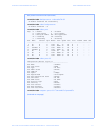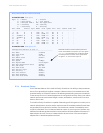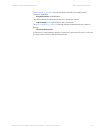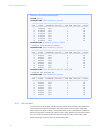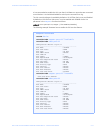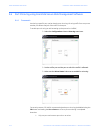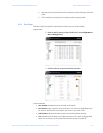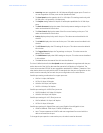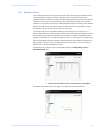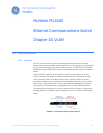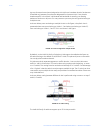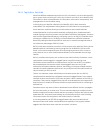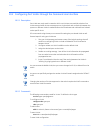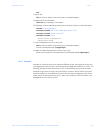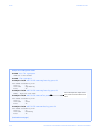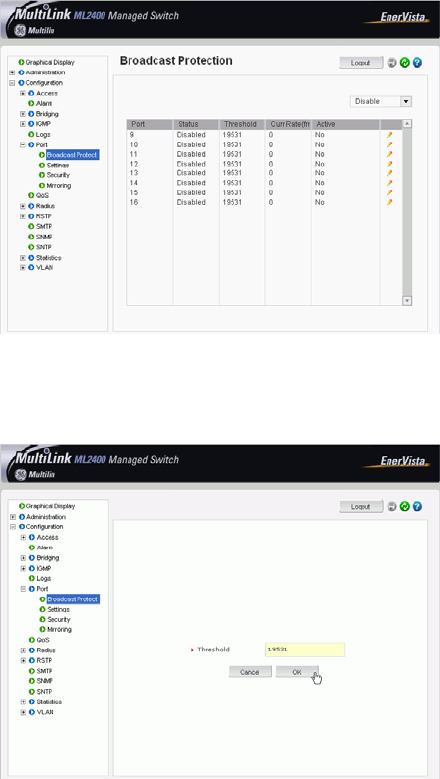
CHAPTER 9: PORT MIRRORING AND SETUP PORT MIRRORING AND SETUP
MULTILINK ML2400 ETHERNET COMMUNICATIONS SWITCH – INSTRUCTION MANUAL 9–15
9.4.3 Broadcast Storms
One of the best features of the GE MultiLink switch is its ability to keep broadcast storms
from spreading throughout a network. Network storms (or broadcast storms) are
characterized by an excessive number of broadcast packets being sent over the network.
These storms can occur if network equipment is configured incorrectly or the network
software is not properly functioning or badly designed programs (including some network
games) are used. Storms can reduce network performance and cause bridges, routers,
workstations, servers and PCs to slow down or even crash.
The GE MultiLink switch is capable of detecting and limiting storms on each port. A
network administrator can also set the maximum rate of broadcast packets (frames) that
are permitted from a particular interface. If the maximum number is exceeded, a storm
condition is declared. Once it is determined that a storm is occurring on an interface, any
additional broadcast packets received on that interface will be dropped until the storm is
determined to be over. The storm is determined to be over when a one-second period
elapses with no broadcast packets received.
Broadcast storm protection can be configured through the Configuration > Port >
Broadcast Storm menu.
Z To edit the threshold level, click on the edit icon as seen below.
See details in Broadcast Storms on page 9–8 to determine the threshold level.



